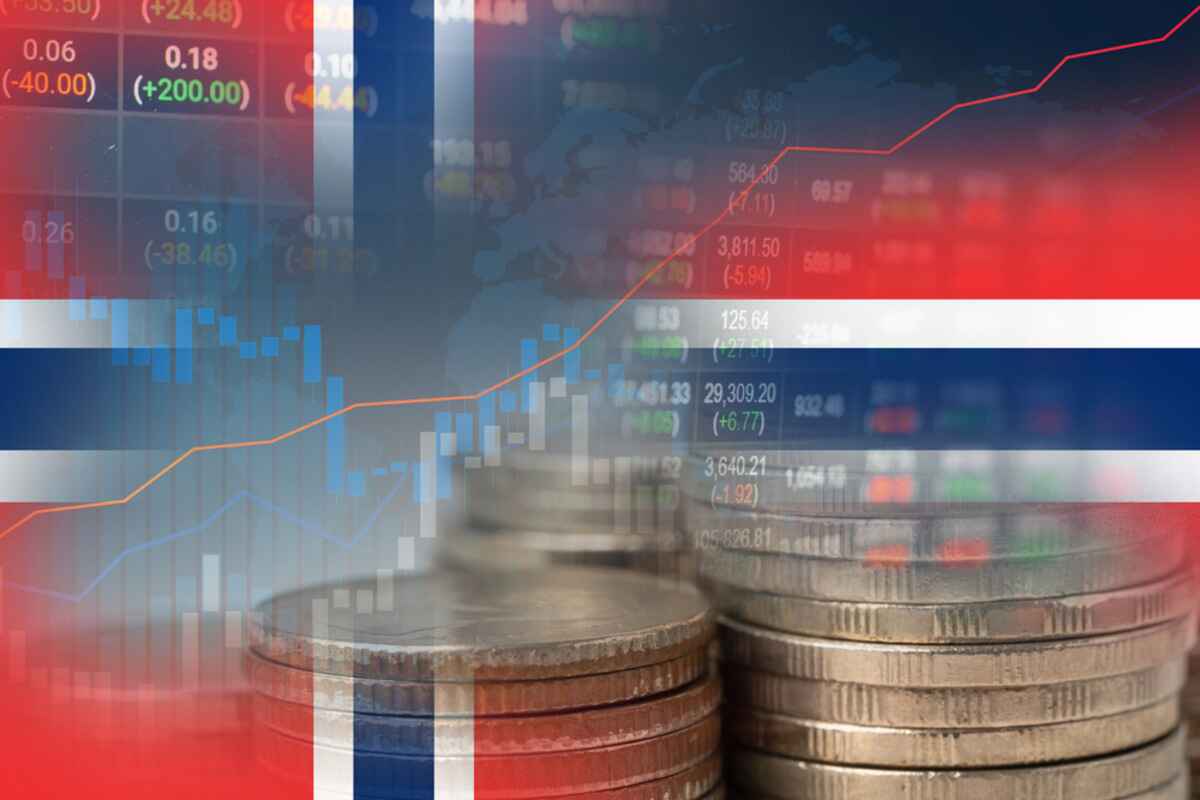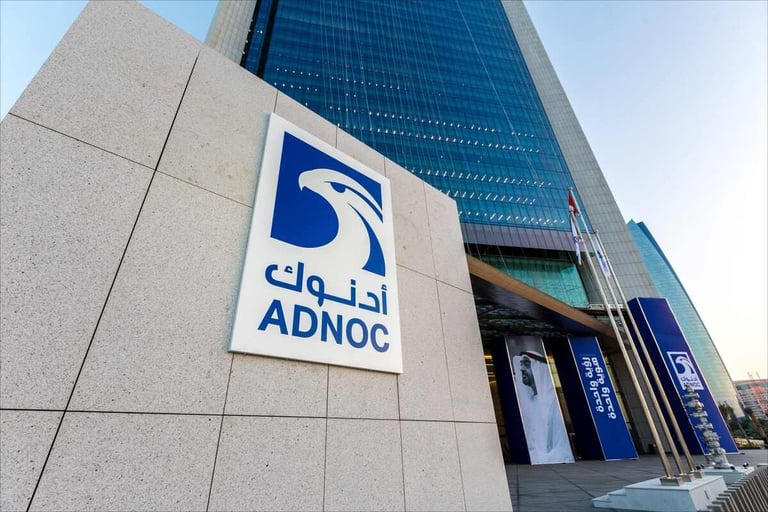Norway’s sovereign wealth fund recently reported a loss of roughly $40 billion in the first quarter of 2025. The loss, equivalent to 415 billion Norwegian crowns, marks a significant downturn for the world’s largest sovereign wealth fund, which manages assets totaling around $1.7 trillion. The fund’s performance has been heavily influenced by a downturn in the technology sector, which has seen substantial volatility in recent months.
The fund, established in 1990 to invest the surplus revenues from Norway’s oil and gas sector, has been a cornerstone of the country’s economy. It is designed to ensure that the wealth generated from natural resources benefits future generations of Norwegians.
Investment performance amid market volatility
As of March 2025, the fund held an average of 1.5 percent of all listed stocks globally, making it a significant player in international financial markets. However, the recent quarterly results reveal a negative return on investment of 0.6 percent, which, while slightly better than its benchmark index, underscores the challenges the fund faces in a turbulent market environment.
The decline in the fund’s value is largely attributed to poor performance in the technology sector, which has been hit hard by rising interest rates and inflationary pressures. The return on equity investments for the fund was reported at a negative 1.6 percent, while fixed income investments managed to gain 1.6 percent during the same period.
Nicolai Tangen, CEO of Norges Bank Investment Management (NBIM), which operates the fund, noted that the quarter was impacted by “significant market fluctuations,” reflecting broader economic uncertainties that have affected investor sentiment globally.

Read more: Abu Dhabi Crown Prince Sheikh Khaled meets Prime Minister of Norway
Diversified investments for stability
Despite the recent losses, the fund remains a vital component of Norway’s economic strategy. The fund’s investments are diversified across various asset classes, including equities, bonds, and real estate, which helps mitigate risks associated with market volatility. As of the end of the first quarter of 2025, approximately 70 percent of the fund’s assets were allocated to equities, down from 71.4 percent at the end of 2024, while bonds accounted for 27.7 percent of the portfolio, up from 26.6 percent.
The Norwegian government has historically maintained a cautious approach to withdrawals from the fund, allowing for a sustainable management of its resources. The fund is designed to provide a buffer against economic downturns and to support public spending without jeopardizing its long-term viability. In fact, the government can withdraw up to 3 percent of the fund’s value each year, a strategy aimed at ensuring that the fund continues to grow while also providing for current needs.








